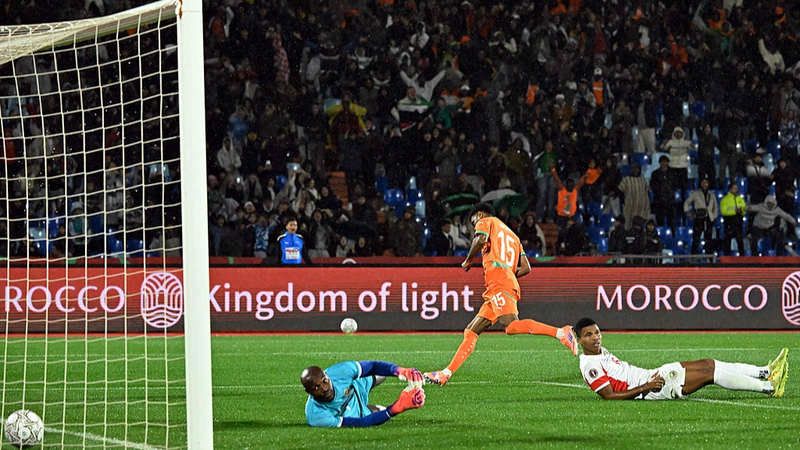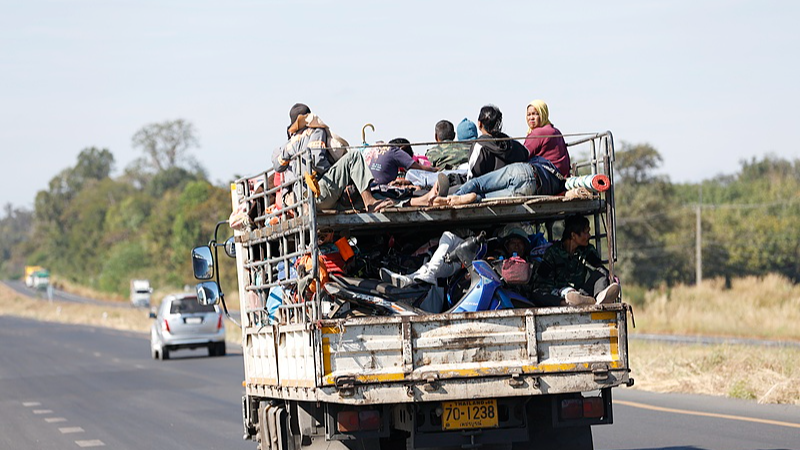Next Monday marks the start of the United Nations General Assembly High-Level Week, when world leaders from all over will gather to outline their priorities and tackle global challenges. While press conferences and high-profile meetings grab headlines, a vital group works quietly behind the scenes: the interpreters.
With 193 UN member states and six official languages—English, French, Arabic, Chinese, Russian, and Spanish—interpreters face a monumental task. During this busy week, they will process hundreds of speeches and impromptu exchanges, often delivering live translations at speeds exceeding 120 words per minute.
Preparation starts long before delegates arrive. Teams compile specialized glossaries, study policy briefings, and rehearse terminology for topics from climate finance to digital health. In the booth, interpreters rotate every 20 minutes to stay sharp, relying on team coordination and split-second reflexes to ensure every nuance is passed on accurately.
A seasoned interpreter describes the work as 'dancing on the tip of a needle,' capturing the blend of precision and agility required. Their efforts not only bridge language barriers but also build trust and consensus among diverse cultures.
As the world tunes in to global debates on peace, sustainability, and technology, interpreters play a crucial role in making those conversations truly universal.
Reference(s):
cgtn.com



